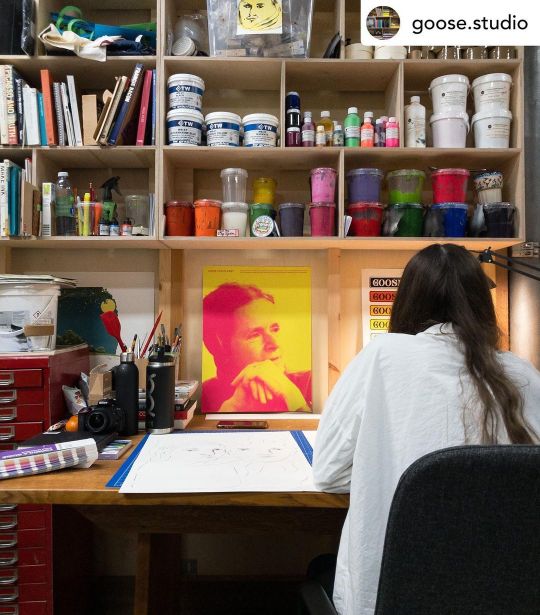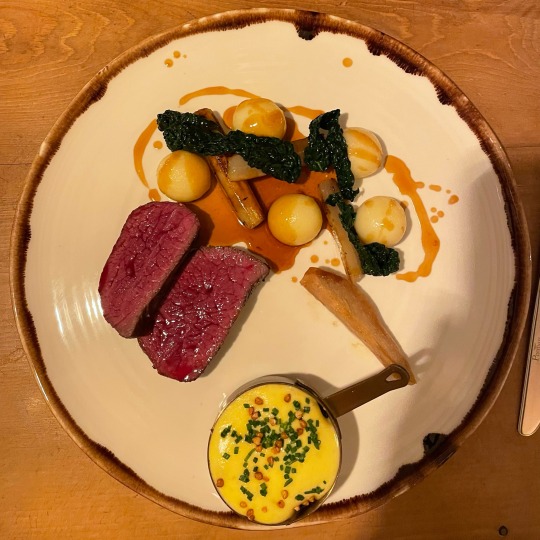#faversham
Explore tagged Tumblr posts
Text

















Faversham, Kent.
Antiques Market – first Sunday of every month except September when the Hop Festival is on.
Standard Quay – a short walk from the market square, this historic quay on Faversham Creek used to be a former commercial port and now you can find small shops seeling antiques, pizza and fresh fish.
Macknade’s Food Hall – Just outside Faversham you will find one of England’s oldest food halls (since 1847). There is produce from all over the world and a number of stalls selling beer, cocktails and yummy treats.
2 notes
·
View notes
Video
Autumn Spindle by Mark Sewell
#Tree#Autumn#Spindle#Kent#Faversham#Walk#flickr#Photography#Autumn Aesthetic#Autumncore#Fall Aesthetic#Autumn Cozy#Fall Blog
3 notes
·
View notes
Photo

Faversham Creek. 9 January 2023. #faversham #favershamkent #favershamcreek #kent #oilpainting #painting #pleinairpainter #pleinair #impressionism #allaprima #rapidpainting #posillipofaversham #albiontavernafaversham (at Albion Taverna) https://www.instagram.com/p/CnPgae5IBoN/?igshid=NGJjMDIxMWI=
#faversham#favershamkent#favershamcreek#kent#oilpainting#painting#pleinairpainter#pleinair#impressionism#allaprima#rapidpainting#posillipofaversham#albiontavernafaversham
7 notes
·
View notes
Photo

🤎 @goose.studio Always wanted to learn how to screenprint? Set aside time for you this year - join us and learn how to create your very own edition of 2/3 colour/layer screen prints onto paper💡 We will guide you through your own art-working/preparing & exposing screens/ mixing & experimenting with ink colours/ pulling your prints/ troubleshooting/ blending & overprinting techniques 💫 Our February, March & April dates are confirmed for this years 1 Day Beginners/Refresher Screen printing workshops 📯 The workshops run from 10am-4pm (including a 1hour break for lunch) £90 per person. (All materials included) 🪄 -Saturday 4th February -Saturday 4th March -Saturday 1st April Stretch your creative muscles with us, learn something new, we guarantee you will leave feeling inspired and with a handful of colourful prints to kick start the year 🪬 Are class sizes are kept small at Goose Studio so you get the most out of your tutor - book early to avoid disappointment. DM or email us [email protected] #gooseprintstudio #portableprintstudio #faversham #thingstodoinkent #creativekent #whitsable #canterbury #hernebay #printmaking #printspotters #screenprinting #creativeworkshop #supportsmallbusiness #experiences #creativeexperience #margate #deal #visitfaversham #artworkshop #learnsomethingnew #daysout (at Faversham, Kent) https://www.instagram.com/p/Cm-BX5Ro8-F/?igshid=NGJjMDIxMWI=
#gooseprintstudio#portableprintstudio#faversham#thingstodoinkent#creativekent#whitsable#canterbury#hernebay#printmaking#printspotters#screenprinting#creativeworkshop#supportsmallbusiness#experiences#creativeexperience#margate#deal#visitfaversham#artworkshop#learnsomethingnew#daysout
0 notes
Text
KareBear Boarding Kennels, Gillingham, ends stray dog contract with Swale Borough Council
New Post has been published on https://petn.ws/TXUn8
KareBear Boarding Kennels, Gillingham, ends stray dog contract with Swale Borough Council

A doggy day care is no longer able to take stray pups found by the council due to new ”strict boarding regulations”. KareBear Boarding Kennels, Gillingham, has announced it will no longer be able to aid Swale‘s dog warden without having to “demolish” part of its existing business. Kelly and Billy Bleach who run KareBear […]
See full article at https://petn.ws/TXUn8 #DogNews #Faversham, #IsleOfSheppey, #Kent, #Medway, #Sittingbourne
0 notes
Text

day three hundred and fifty two
3 notes
·
View notes
Text
Walking from Faversham to Whitstable
Walking from Faversham to Whitstable
Walking from Faversham to Whistable is an easy flat walk This is the 3rd time walking from Faversham to Whistable. On this walk my partner in crime, spotted a pathway which led to a quicker route. The walk is very flat so can be a bit boring, but with the shortcut, it was just perfect. Still, it clocked up over 12 miles or more. The first stop on this walk from Faversham to Whistable was the…

View On WordPress
0 notes
Photo

The Hot Tin, Faversham
5 notes
·
View notes
Photo

Around Faversham #Faversham #Markettown #visitkent #England #Englishtowns #architecture (at Faversham, Kent) https://www.instagram.com/p/CgIj1csqTIr/?igshid=NGJjMDIxMWI=
0 notes
Text

day three hundred and thirty
4 notes
·
View notes
Text
walking in the heat
walking in the heat
Walking in the heat in London Charing Cross Road Walking in the heat from Victoria to Charing Cross. is about 30 minutes but intense in the temperatures reading 35c at lunchtime. Anyone who knows Charing Cross Road knows how busy it is. Lately, I have started using the public library in Charing Cross. Since my Mac air book died and my I Mac needs some restoration, I thought I would do a bit…

View On WordPress
#Charing Cross#faversham#lewes#london#Newhaven#Seaford#South East Coast#Walking#WHITSTABLE#wild flowers
0 notes
Photo

A walk by Faversham Creek with Max by favmark1 https://flic.kr/p/2n9zfYN
1 note
·
View note









